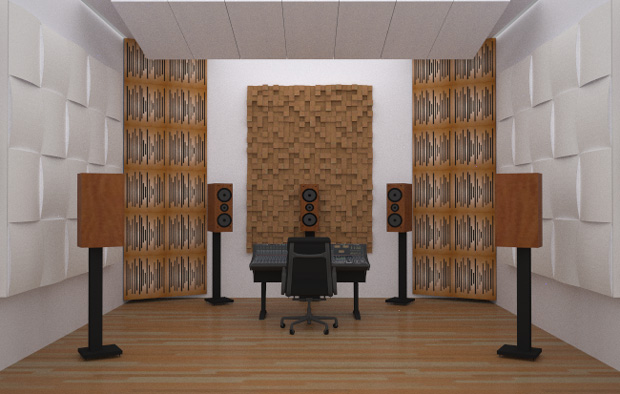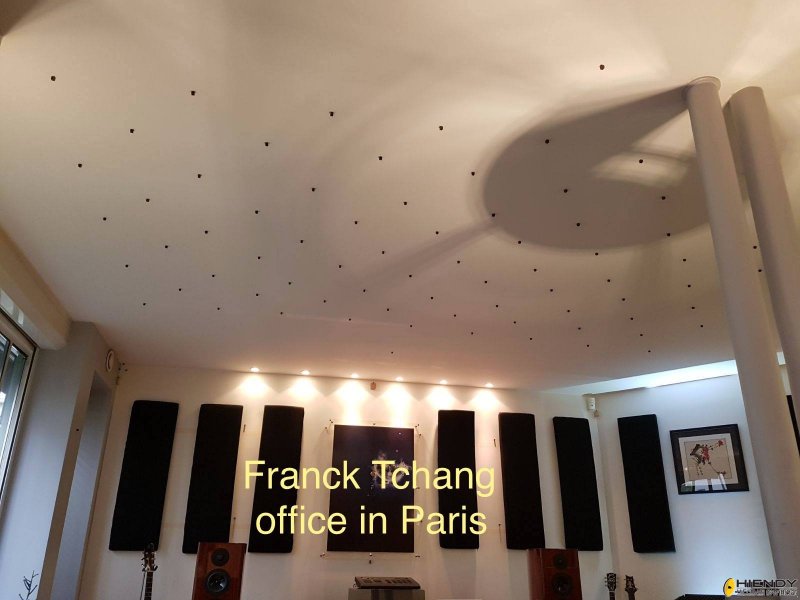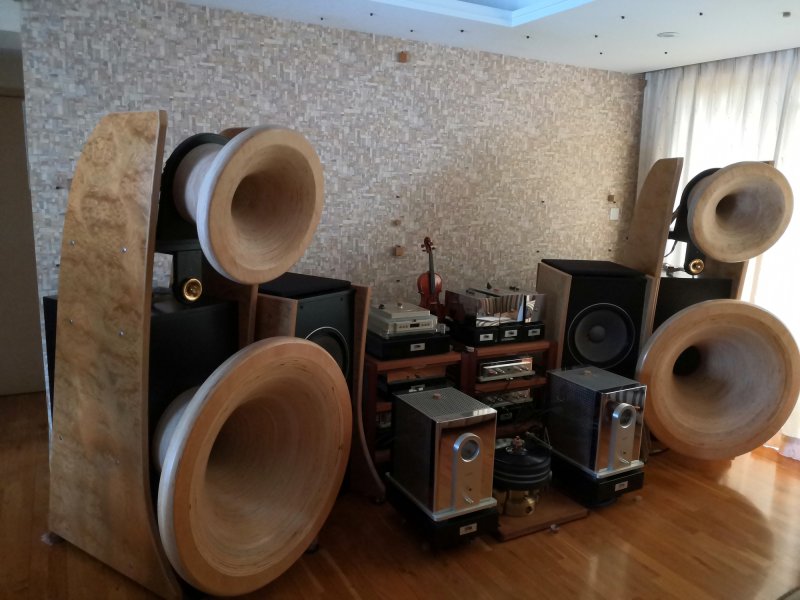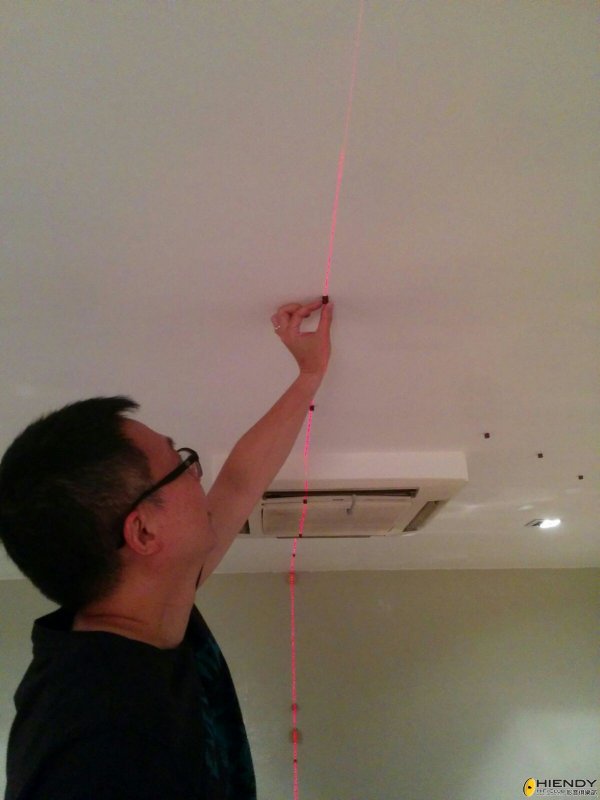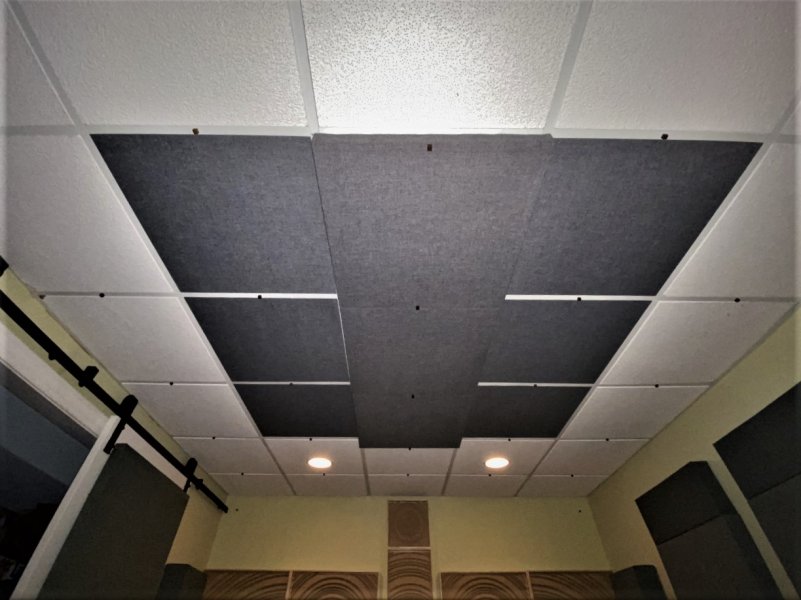My room is 17.5"W x 22.5"L x 7.8'H
I have expanded from 2 separate rooms to one large room.
The walls/ceiling are still open.
From what I understand, my low 8' ceiling is the biggest problem.
From what I understand, the frequency issues I will have are from 160Hz and below.
I was hoping to fill the ceiling with acoustic rock wool (I have 2"x6" ceiling joists, so a 5.5" ceiling cavity, but could add whatever needed depth) and then use acoustic ceiling tile with at least a .65/.70 absorption rating.
How would I calculate the thickness of rock wool used with the acoustic ceiling tile?
Could someone give me some references, books or links for more information?
Thanks,
Rick
I have expanded from 2 separate rooms to one large room.
The walls/ceiling are still open.
From what I understand, my low 8' ceiling is the biggest problem.
From what I understand, the frequency issues I will have are from 160Hz and below.
I was hoping to fill the ceiling with acoustic rock wool (I have 2"x6" ceiling joists, so a 5.5" ceiling cavity, but could add whatever needed depth) and then use acoustic ceiling tile with at least a .65/.70 absorption rating.
How would I calculate the thickness of rock wool used with the acoustic ceiling tile?
Could someone give me some references, books or links for more information?
Thanks,
Rick
Last edited:


